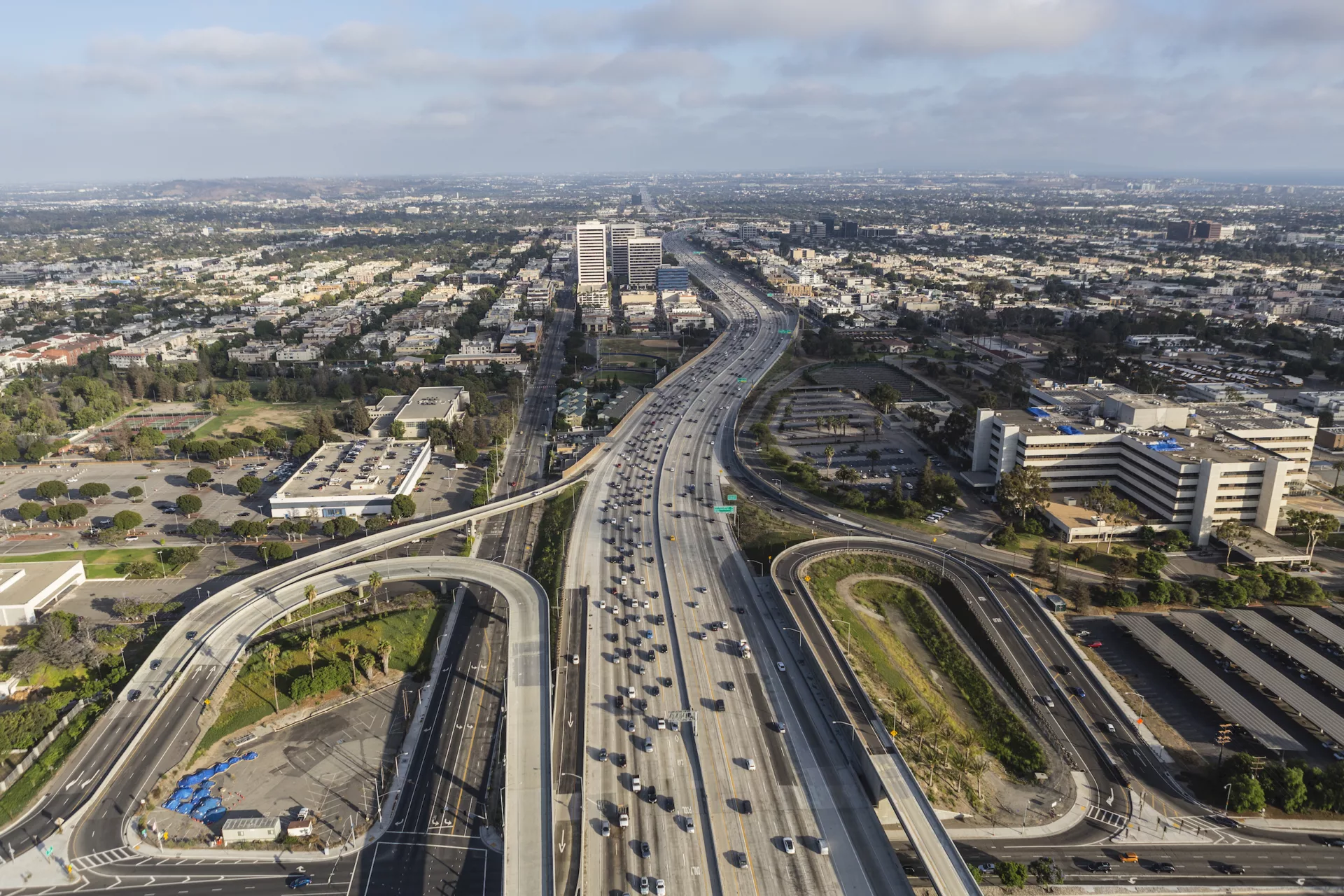The City of Burlington, Vermont, has an extensive sidewalk system covering over 130 miles, with the age and physical condition of surfaces varying drastically across the network. While some areas are new, others are 60 years or older—exceeding the 40- to 50-year lifespan of the concrete. At the same time, Burlington’s current sidewalk budget covers only three miles of replacement each year. City planners knew they needed a way to equitably prioritize sections of sidewalk.
The Challenge
When Burlington completed construction of its first city-wide sidewalk in 2009, it also launched its Sidewalk Strategic Plan to allocate funds and schedule improvements based on citizen reports. The goal was to gain a holistic view of the sidewalk network without the need to assess each section individually. However, there were some shortfalls with the plan. For instance, citizen reports provided inconsistent, subjective information. These issues made it challenging to develop a proactive planning and repair schedule.
In 2021, Burlington initiated a city-wide data collection plan to update its sidewalk condition database. This program aimed to ensure safe, hazard-free pedestrian traffic, adhering to Americans with Disabilities Act standards and public rights-of-way accessibility guidelines. It also furthered the City’s goal to consider equitable distribution of work by incorporating demographic information and locations of high pedestrian generators into the inventory. This has necessitated tracking sidewalks and their conditions, defining repair priorities based on types of deficiencies and their proximity to vulnerable populations, developing work plans for replacements, efficiently utilizing funding through various repair methods, and prioritizing new segments.
As part of this project, the City of Burlington partnered with RSG. By leveraging our team’s software development capabilities, we were able to improve the current system and create an updated, data-driven framework for prioritizing sidewalks for repair.
RSG’s Solution
To determine which sidewalk characteristics (such as physical condition and location) rank higher in terms of calculating a score for repair, RSG and the City of Burlington collaborated to consider various approaches. Because a framework had not been established yet, both parties agreed the tool would need to be customized and modified in an iterative manner. Due to its relatively short development time frame and low costs, RSG chose Shiny, an open-source programming library within the R language, to create the dynamic web-based data application needed for the project.
The final Sidewalk Prioritization Tool comprises three main components:
- The prioritization methodology is the core part, allowing users to assign weights to different sidewalk characteristics, run the model, and review the results.
- The analysis tool was designed specifically to enable City planners to explore the large underlying dataset and answer key questions.
- The documentation page makes the entire process transparent by including written documentation, instructions, metadata, and download capabilities.
With this prioritization framework and tool in place, the City of Burlington now has access to comprehensive data on sidewalk characteristics to determine which areas are most in need of repair.
Download a PDF




